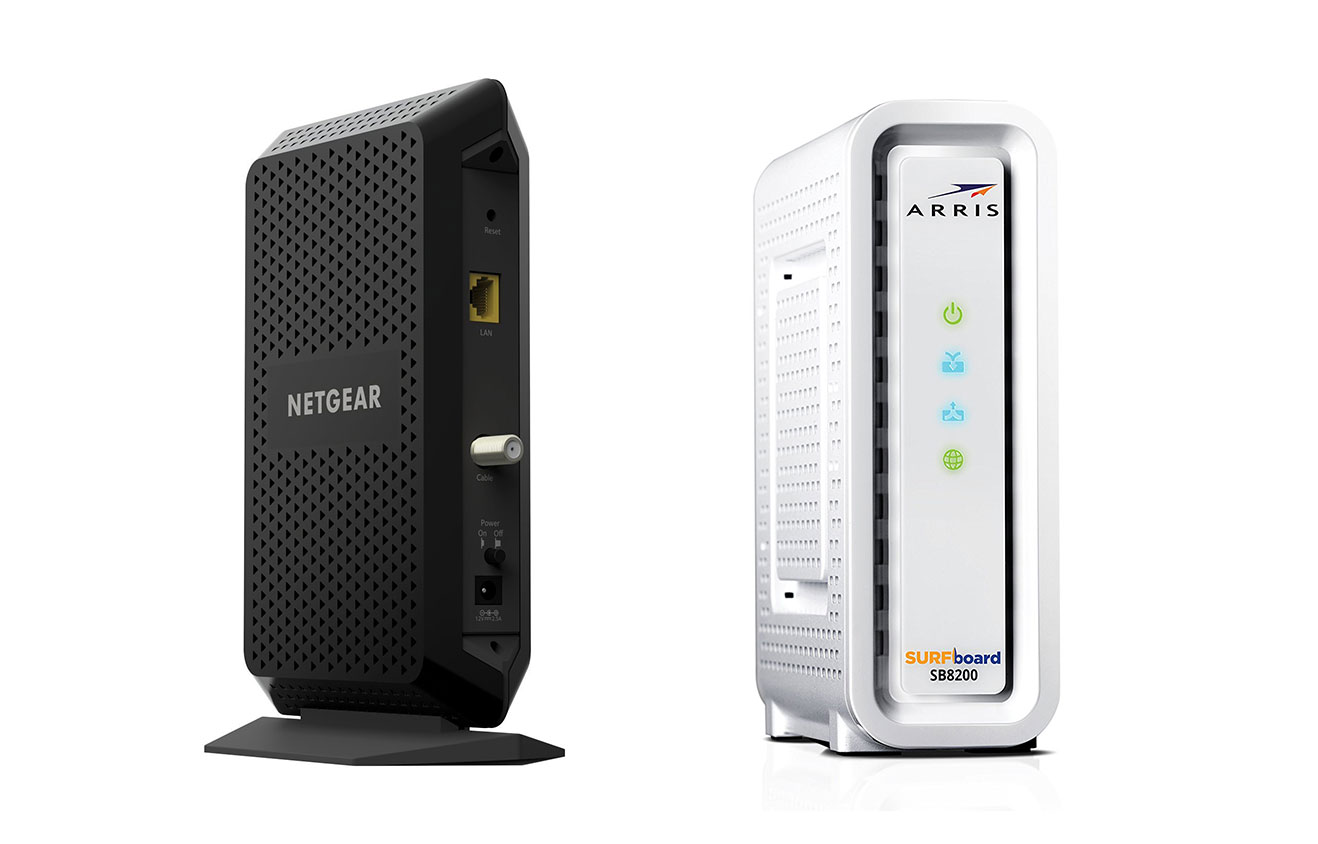What Internet Speed Do You Need for Social Media?
Sep 2, 2025 | Share
Internet Speed Guides
You don’t need fast speeds for social media—but it certainly helps.
Text- and image-based apps like Facebook work great even when you have a connection as slow as 5Mbps. However, you need much faster speeds (anywhere from 10Mbps to 100Mbps) to accommodate video-centered apps like TikTok, Snapchat, and Instagram. You also need to make sure you have enough bandwidth to support other users on your Wi-Fi, who may be scrolling as well.
Curious to know how much internet speed you need to maintain your social media accounts? Take a look at our guide below for the deets.
Pro tip: Test your internet speeds
Not sure what speeds you’re getting on your current connection? Run our speed test to find out.
Download speed
000 Mbps
Upload speed
000 Mbps
Latency (ping)
00 ms
Jitter
00 ms
Slow speeds are fine for text and pics, but not for video
You can scroll and post on social media with internet speeds as slow as 5Mbps. Most social media applications don’t take up a whole lot of bandwidth, especially if you’re just posting text and pictures.
But video has become an increasingly central part of the social-media experience, thanks primarily to TikTok as well as offshoots like Instagram Reels and Facebook Reels. And you need relatively fast speeds (upwards of 10Mbps and ideally much faster) if you want to scroll rapid-fire without dealing with long load times or a frozen feed.
Social-media speed requirements
| Social media activity | Recommended minimum speeds |
|---|---|
| Scrolling and posting (text and pics only) | 5Mbps |
| Scrolling and posting video | 10Mbps |
| Posting images on 1 device | 10Mbps |
| Posting videos on 1 device | 25Mbps |
| Regularly posting images and video on 2–4 devices | 50Mbps |
| Regularly posting images and video on 5–10 devices | 100–300Mbps |
| Hosting a livestream | 300–500Mbps |
How Much Internet Speed Do You Need?
Est. Time: 60 seconds
Answer 6 questions and get a personalized internet speed recommendation!
How many people in your household use the internet/WiFi on a daily basis?
How many devices in your home connect to the internet, including tablets, gaming consoles, and smart devices?
How many people in your household work from home?
What video quality do you use for streaming TV and movies?
How intensely does your household participate in online gaming?
Does your household download large files from the cloud or via the internet?
Fiber and cable internet work best
Fiber internet is the way to go for posting online, especially if you’re a power user or influencer. A fiber connection gets you the fastest speeds possible. More importantly, it’s the only internet connection that comes with symmetrical upload and download speeds.
As we discuss below, upload speeds are central to social media posting because you upload data any time you fire off a tweet, send a DM, or post online. Symmetrical speeds mean you get uploads that are just as fast as downloads—letting you post to your heart’s content with much less concern about slow upload times.
Fiber internet isn’t available everywhere—and for most people, a cable internet plan is just as solid a pick. Cable internet can get you download speeds up to 1,000Mbps and uploads usually anywhere from 10Mbps to 50Mbps. That’s plenty for everyday social posting.
Best internet plans for social media
| Plan | Price | Speed | Order online |
|---|---|---|---|
| Spectrum Internet Premier | $50/mo.* for 12 mos. | Up to 500Mbps (wireless speeds may vary) | View Plan |
| Xfinity 500 Mbps | $55/mo.† for 12 mos. | 500Mbps | View Plan |
| T-Mobile Rely Home Internet | $50/mo.‡ w/ AutoPay, plus taxes & fees. | Up to 415Mbps | |
| AT&T Internet 300 | $55.00/mo.§ | 300Mbps | |
| Google Fiber Core 1 Gig | $70.00/mo.║ | 1,000Mbps | View Plan |
Read disclaimers.
Reliable upload speeds are important for posting online
Most of what you do on social media revolves around downloading content—for example, by scrolling TikTok or clicking through your friends’ Instagram Stories. But if you’re a regular poster, you also need to think about upload speeds.
Whether you’re sending a video to a friend on Snapchat or firing off a tweet on Twitter—er, sorry, X—you’re uploading data to the internet. You don’t necessarily need fast upload speeds, but you do want a reliable upstream connection to make sure you can post regularly without long load times or failed uploads.
Get 5G for posting on the phone
We recommend getting a 5G phone if you do most of your social media posts while on the phone.
Of course, it’s common to be on your phone when you’re posting TikTok, Instagram, and other apps. A 4G phone can certainly get the job done, but a 5G phone ensures you get the fastest speeds possible. 5G networks operate over higher radio frequencies than 4G networks, giving them a much higher capacity to carry data.
4G vs. 5G speeds
| Cellular carrier | Avg. 4G speeds* | Avg. 5G speeds† |
|---|---|---|
| T-Mobile | 97.1Mbps | 195.5Mbps |
| Verizon | 34.3Mbps | 96.3Mbps |
| AT&T | 40.1Mbps | 80.0Mbps |
*Data from Opensignal’s Mobile Network Experience Report, July 2023.
†Data from Opensignal’s 5G Experience Report , July 2023.
Faster data speeds make for much easier and smoother social media posting. You don’t have to worry as much about slow uploads or posts that fail to send. Having access to 5G is also very useful when you’re in a crowded place—such as a music festival or a sports event—where a congested network can make it difficult to even send DMs.
Disclaimers
*Limited time offer; subject to change; new residential customers only (no Spectrum services within past 30 days) and in good standing with Spectrum. Taxes and fees extra in select states. SPECTRUM INTERNET: Standard rates apply after promo period. Additional charge for installation. Speeds based on wired connection. Actual speeds (including wireless) vary and are not guaranteed. Gig capable modem required for Gig speed. For a list of Gig capable modems, visit spectrum.net/modem. Services subject to all applicable service terms and conditions, subject to change. Not available in all areas. Restrictions apply.
†Pricing and plan names may vary by region. For 12 month, no term contract. Taxes and equipment not included. Incl. up to $10/mo. auto-pay & paperless bill discount.
‡Guarantee exclusions like taxes and fees apply.
§Price after $5/mo Autopay & Paperless bill discount (w/in 2 bills). Plus taxes & fees. Monthly State Cost Recovery Charge in TX, OH, NV applies. One time install chrg may apply. Ltd. avail/areas. Call or go to www.fiber.att.com to see if you qualify.
║Plus taxes and fees. Upload/download speed and device streaming claims are based on maximum wired speeds. Actual Internet speeds are not guaranteed and may vary based on factors such as hardware and software limitations, latency, packet loss, etc.
Author - Peter Holslin
Peter Holslin has more than a decade of experience working as a writer and freelance journalist. He graduated with a BA in liberal arts and journalism from New York City’s The New School University in 2008 and went on to contribute to publications like Rolling Stone, VICE, BuzzFeed, and countless others. At HighSpeedInternet.com, he focuses on covering 5G, nerding out about frequency bands and virtual RAN, and producing reviews on emerging services like 5G home internet. He also writes about internet providers and packages, hotspots, VPNs, and Wi-Fi troubleshooting.




